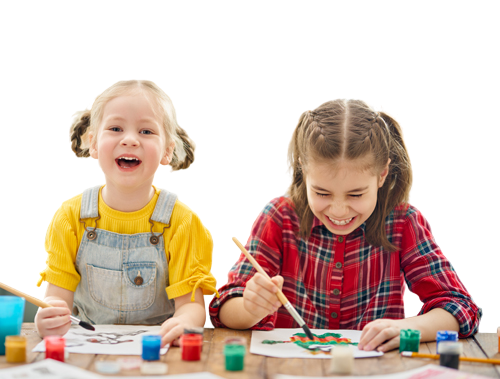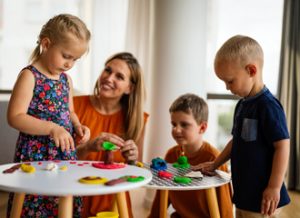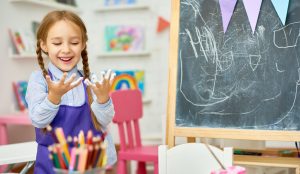How can you incorporate teaching, speaking, and listening while still having time to get in everything else you have to teach? Read on for some great tips to help your students become fabulous communicators!
Teach Kids Empathy
When you’re teaching students to communicate, it’s essential for them to develop empathy and a sense of what the other person is thinking and feeling. For some students, we must teach this explicitly. When students start to see that their viewpoint isn’t the only one, they become better listeners, and tend to speak more respectfully to others.
Teach Conversation Skills
Explicitly teach how to have good conversations. All the activities in the world won’t help students develop skills they don’t have. It’s important to model how to have a productive conversation. Puppets can be an excellent tool, as can role-playing. But the preferred method is through VideoModeling, where professional actors model examples and non-examples of communication skills. Many of our programs that use this research-based VideoModeling method have been proven effective!
Teach Respectful Vocabulary
Teach respectful alternatives for heated conversations. Remind students that being COLD (passive), or being HOT (blowing up), often makes matters worse. The best solution is to be cool. For example, telling someone, ‘you’re stupid’ may have a more inflammatory effect than ‘I disagree with you.’ While it’s obvious to adults, it may be less obvious to children.
Practice Speaking and Listening in Natural Settings
While speaking and listening are vital in the classroom, they are useful in all areas of students’ lives. Start by having students talk about their interests, then role play situations they might encounter, such as an argument with a friend or how to respectfully disagree with someone in a position of authority.
Encourage Introspection
Students can begin to learn where their feelings and thoughts come from. It is a skill that may take some work, but understanding themselves is just as important in communication as understanding those around them.
Turn Taking
One of the most basic building blocks of a good conversation is learning to take turns. Mendler suggests: “Use an object, such as a talking stick as a signal for turn-taking. Teach your students that when they have the object, it is their turn to talk or pass while others are expected to listen.” It is a good idea to involve students in other activities that practice the skill of turn-taking, such as board games.





